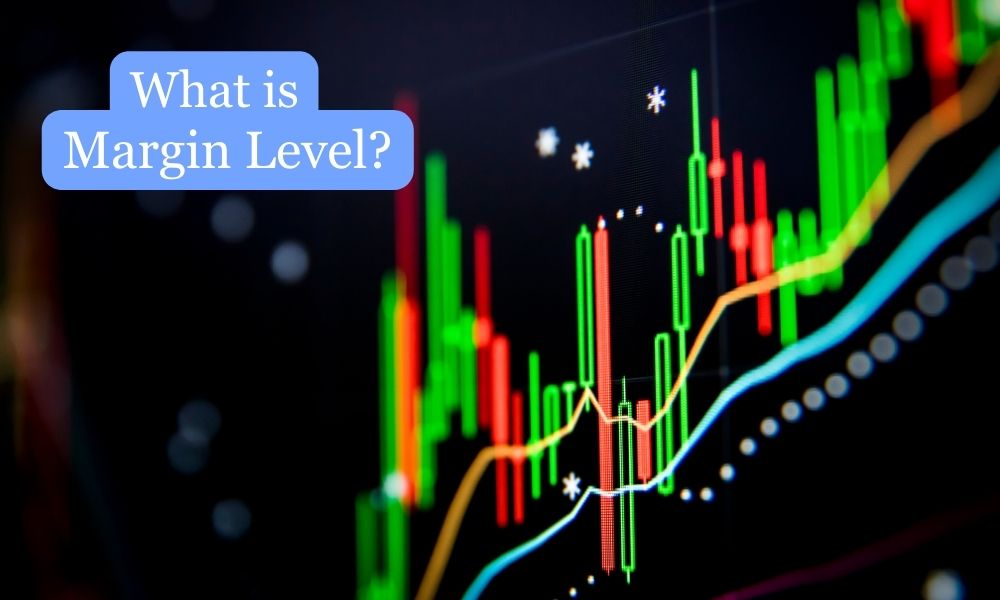Margin level is a ratio that expresses the relationship between a trader's equity and used margin. It helps assess the risk of margin calls. A higher margin level indicates lower risk, while a lower level suggests higher risk and potential liquidation.

Let's explore the concept of "Margin Level":
Margin Level is expressed as a percentage (%) and is calculated by comparing your Equity to the Used Margin. It provides insight into the portion of your funds available for new trades.
A higher Margin Level signifies more Free Margin, empowering you to engage in additional trades. Conversely, a lower Margin Level implies reduced Free Margin, which could lead to undesirable outcomes, such as a Margin Call or Stop Out (topics we'll cover later).
Calculating Margin Level is straightforward:
Margin Level = (Equity / Used Margin) x 100%
Your trading platform will automatically compute and display your Margin Level. If you have no open trades, your Margin Level remains at zero.
Margin Level holds significant importance. Forex brokers employ it to ascertain whether you can initiate new positions. Although specific Margin Level limits may vary between brokers, most set this limit at 100%.
In practical terms, this means that when your Equity equals or falls below your Used Margin, you won't be able to open additional positions. To do so, you must first close existing positions.
Let's illustrate this with an example:
You begin with an account balance of $1,000.
You intend to go long on USD/JPY, initiating a 1 mini lot (10,000 units) position with a 4% Margin Requirement. How much Required Margin is needed to open this position?
Given that USD is the base currency, the Notional Value of this mini lot (10,000 units) is $10,000. Required Margin can be computed as:
Required Margin = Notional Value x Margin Requirement
Required Margin = $10,000 x 0.04 = $400
Presuming your trading account is denominated in USD and considering the 4% Margin Requirement, the Required Margin amounts to $400.
As of now, you have just one position open, making the Used Margin identical to the Required Margin.
Suppose the price has slightly moved in your favor, and your position is now at breakeven. In this scenario, the Floating P/L stands at $0. Calculating your Equity:
Equity = Account Balance + Floating Profits (or Losses)
Equity = $1,000 + $0 = $1,000
Your account's Equity is now $1,000.
With knowledge of your Equity, you can calculate the Margin Level:
Margin Level = (Equity / Used Margin) x 100%
Margin Level = ($1,000 / $400) x 100% = 250%
The Margin Level stands at 250%. If the Margin Level is 100% or less, most trading platforms prohibit new trade openings. In this example, with a Margin Level well above 100% at 250%, you are free to initiate new trades.
Visualize the Margin Level as a traffic signal: As long as it remains above 100%, your account has the "green light" to proceed with new trades.
Read our latest news on any of these social networks!